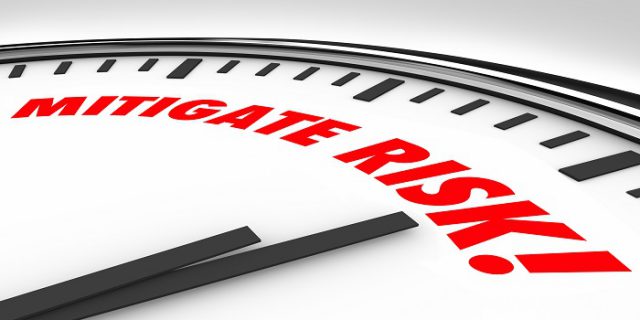Energy Price Risk
Buying Energy Conservatively?
For over a decade, large energy consumers have been using price risk management processes to support energy sourcing decisions. Still, these methods, while touted as risk management, are only useful if energy markets just rise. That’s because they can only fix prices.
Let’s be honest, if you could manage your energy purchases so that you automatically became more protected (fixed) as prices went up, yet became less fixed if prices fall – that would be great wouldn’t it?
So why, whenever it’s suggested, do organizations say…
‘Our company is too conservative; we can’t use dynamic price risk management.’
This is interesting as, in nearly every single case, the companies in question have no idea about the actual dollar value of energy price risk that is exposed to their organization every day. It reminds me of the movie “The Big Short,” where no one understood the risk in what they were buying. What’s worse, so long as everything was okay today, no one looked or questioned anything.
Let me give you an example.
- Given current market prices, do you think it more likely gas will rise or fall from their current levels?
- When looking at your energy contracts, which months have the most price risk for you?
- If you haven’t fixed 100% of your energy contract, what is going to act as a trigger to get you to buy?
- The natural gas market has risen 20% since its low in March. What is the impact for you this year, next year, or the year after come to that?
I would be surprised if more than 10% of readers could answer more than one question backed by their data.
The energy category (for most supply chain professionals I speak to) represents just a tenth of their overall tasks. Yet, unlike many other sourced items, it has the potential to impact profits substantially.
So, to help you, in this article, I aim to achieve the following objectives:
- Help you understand which price risks your organization is taking.
- Help you determine just how conservative your purchasing strategy is.
- Demonstrate how price risk management can make you as conservative you want to be.
What risks is your organization currently taking?
I can ask 90% of the large energy consumers in the market place that question and the truth is, they don’t know. So the first concern of any reader of this article should be, how do I know if I am conservative if I don’t measure my price risk?
Most organizations currently spend a lot of money on their manufacturing processes with Six Sigma, Kaizen, Kanban total quality, and other such techniques. However, pretty much any saving your organization makes concerning process improvement can be wiped out by the increase in your energy spend in just a few days.
It would, therefore, only seem logical that the first step in the process of managing energy cost should be to apply a similar level of sophistication, diligence, and control to your energy spend as you apply to other parts of your business. It’s no more complicated than just measurement.
The chart below gives an example of the sort of information any prudent (not even conservative) company should have available daily. If you do not review this type of data every day, you need to question why, and more importantly whether, not knowing the magnitude of the problem makes your behavior conservative.
Is your Behavior Conservative?
To help you assess this, we have created the table below to assist you in determining your position.
What Buying Behavior do I want to Have?
One of the biggest misunderstandings in the US energy market today is Risk Management. It is better to determine first what your objective is, and then decide what behavior you will adopt to achieve it. You can then consider whether your energy procurement behavior is conservative or not.
Large consumers have two conflicting objectives concerning performance against budget and performance against the market. These objectives are opposite sides of the same coin and require senior management to determine the relative importance of each of them. A company that does a fixed price deal to meet its budget is no more conservative than a company that floats its price with the market; both are the opposite of conservative, speculating that their opinion will turn out to be correct.
In general, the correct answer for any company should be never to be at one extreme or the other but somewhere in between. To this end, many companies consider mixing fixed and flexible contract options for a 70% fixed and 30% market indexed position or a 50:50 position. While this might make sense at the time you make the decision, the one thing that is guaranteed is that the market for energy and your company’s objectives will change over time, and as such, you need to be able to adapt this decision as time goes by.
So if you were to ask yourself whether your company is conservative in its approach to energy procurement, I would like to think that if your answer is yes, then you would be able to identify your behavior with the following principles:
- You measure the risk of your energy position daily; if you don’t, then what do you do to evaluate your behavior.
- You take your decisions in small steps so that you can adjust your choices as you learn more about how the market and how your company is changing over time.
- You can fix, and where possible unfix prices because you know prices can go up and down, and therefore, you always want to be able to adjust your decision as things happen.
Remember, ‘Conservatism’ is a method and not in itself an objective. The company following the bullet points above is taking a conservative approach to energy risk management and, in doing so, can outperform the majority of the market place; the question for you is, are you as conservative as you think you are?
For more information, call our sourcing specialists: +1 888.988.5474 or contact us here.













